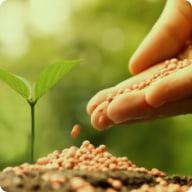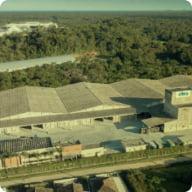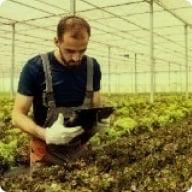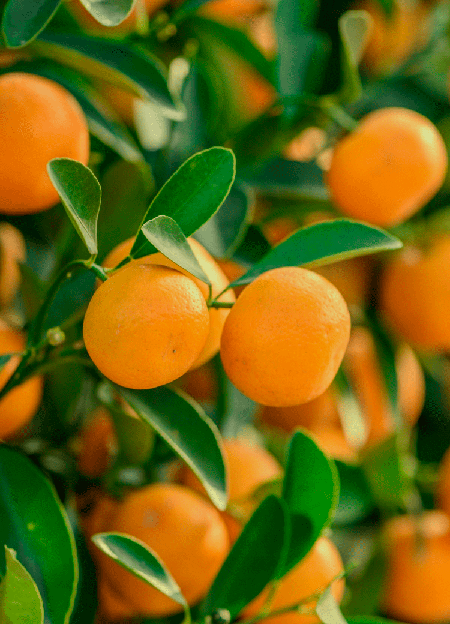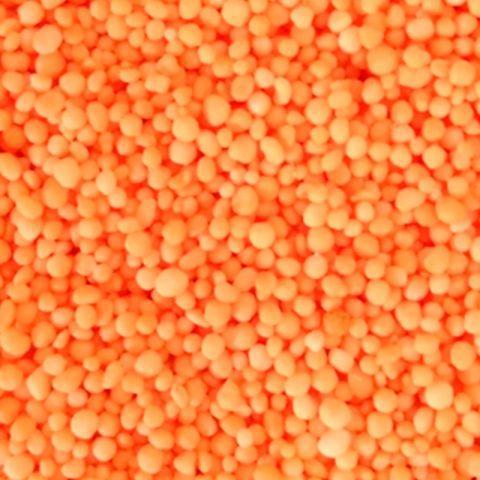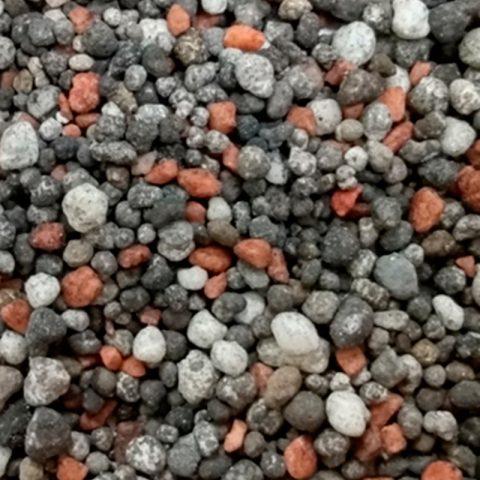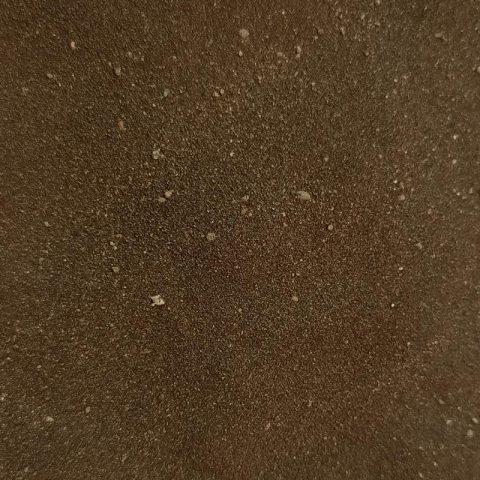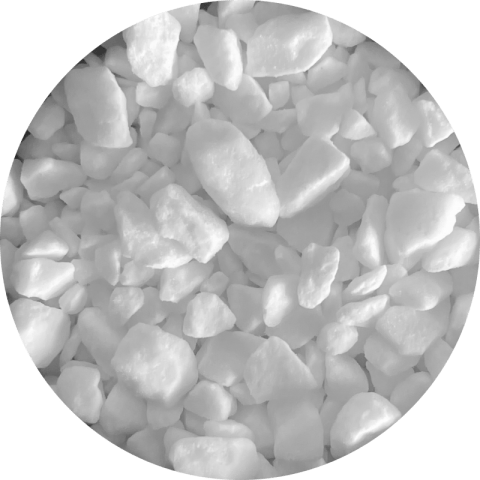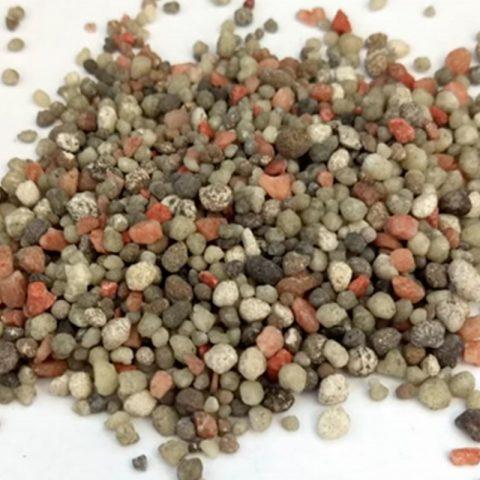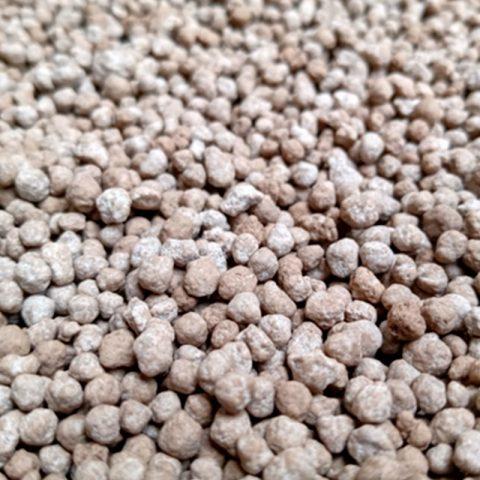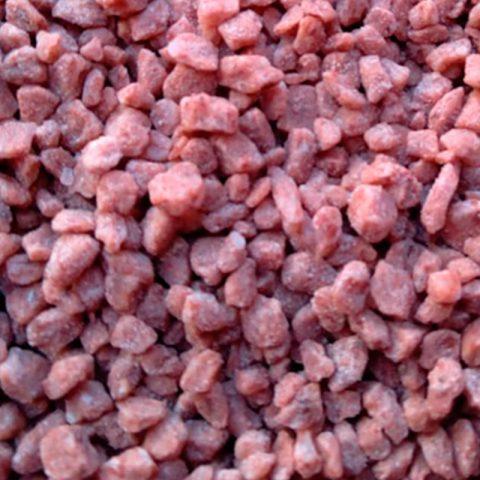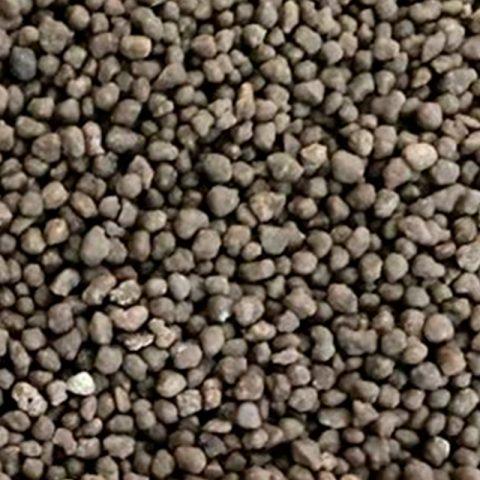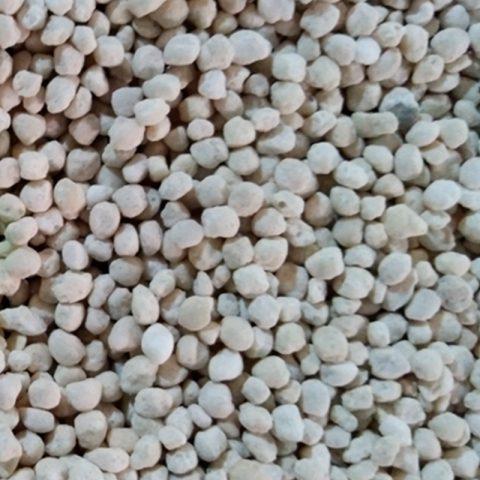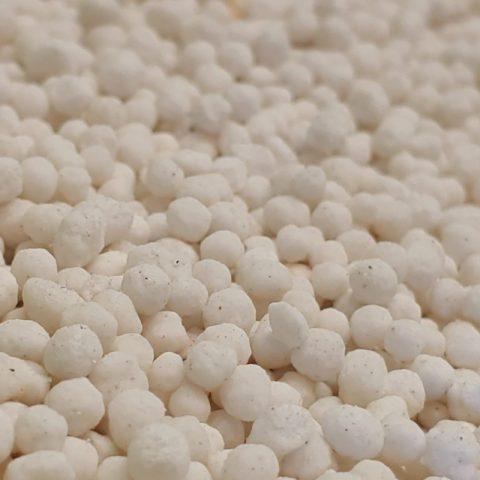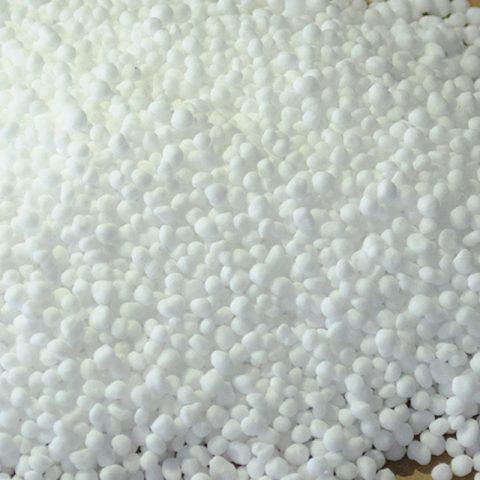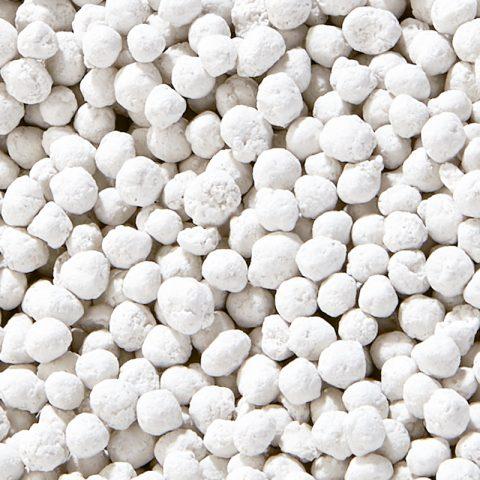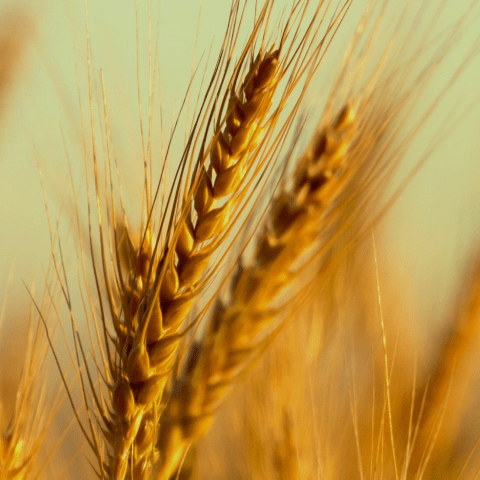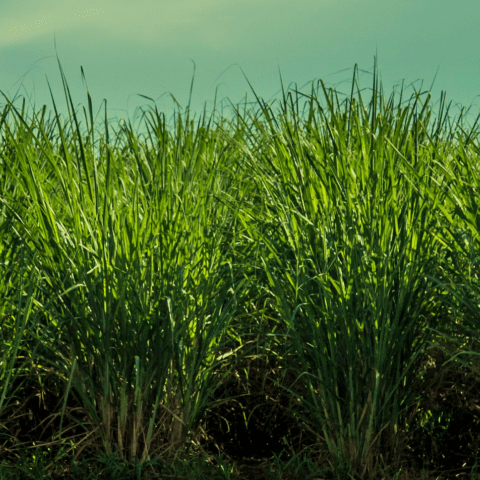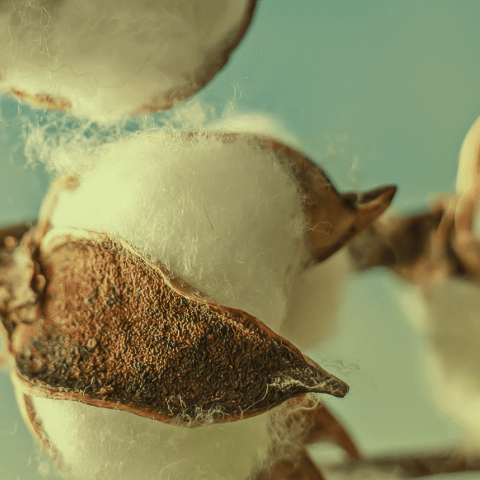CITRUS IN THE NATIONAL MARKET
Brazil is the largest global producer of orange juice. There are more than 1 million rural establishments that produce between tangerine, orange and lemon.
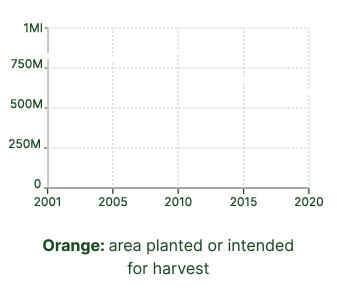
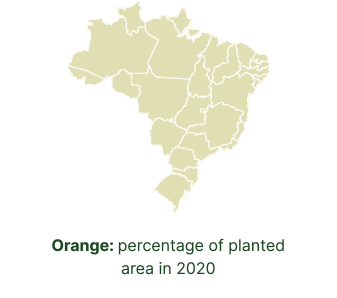

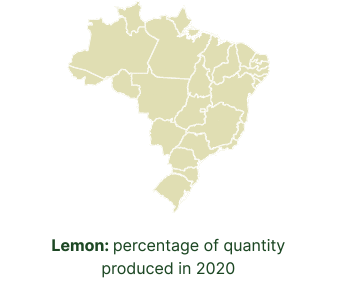
What do you need to know

For the success of citrus cultivation, it is necessary to pay attention to soil fertility and nutritional balance throughout the cycle of this culture.
Fruits such as oranges, tangerines, lemons and acid limes are part of a genus of plants called citrus and the cultivation of these fruit trees is called Citriculture. Sources of vitamin C and other essential nutrients for the proper functioning of the body, citrus fruits currently represent one of the largest activities in the Brazilian agricultural sector.
Citrus orchards are present in all regions of the country, with emphasis on the states of São Paulo, Paraná and Minas Gerais, which make Brazil one of the main references in the international market.
To ensure the success of the implantation, management and production of a citrus orchard, it is necessary to observe the conditions of soil fertility and nutritional balance during the entire cycle of this crop.
Each nutrient plays a specific role in citrus development and production. Potassium (K), nitrogen (N), calcium (Ca) and phosphorus (P) are the nutrients most required in quantitative terms, with special attention to potassium and calcium, which require different management. Regarding Micronutrients, Iron (Fe), Manganese (Mn), Zinc (Zn) and Boron (B) stand out, necessary to guarantee the growth and development of plants, in addition to the quality of the fruits produced.
To meet the needs required by Citriculture, Cibra has the best lines of differentiated products, such as Cibrativ and CibraMix.
The Cibrativ provides high concentrations of Phosphorus (P) and Calcium (Ca) in a gradual and efficient way for citrus cultivation, but when it comes to the balance of micronutrients we have the line CibraMix, which has several NPK formulations added to release micronutrients and balanced concentrations.
It’s quality nutrition converted into productivity for your crop!
Principais Deficiências
Main Deficiencies
Citrus’s Nitrogen Deficiency (N)
It participates in the main metabolic processes of plants, contributing to the formation of new parts such as roots, leaves, flowers and fruits.
Constituent of proteins and organic compounds. Supports enzymes involved in CO₂ assimilation processes.
Deficiency – The leaves with symptoms are light green and yellowish-green. In extreme cases of deficiency, plant growth is reduced or even stopped; smaller and few leaves; general yellowing of the foliage, also affecting the veins; reduction in the number and size of fruits, which have a thin, pale green skin and early maturation; drying of the ends of the branches.
Citrus’s Phosphorus Deficiency (P)
The use of phosphorus in citrus farming ensures several benefits, such as hormonal control in plant growth, storage and transfer of energy, constitution of nucleotides, activation and deactivation of enzymes, among other substantial functions for the healthy development of plants.
Deficiency – The leaves of affected plants are uniformly yellow-green, similar to the symptom of nitrogen deficiency.
The accentuated lack of phosphorus causes loss of brightness with foliage browning, reduction of the size of the leaves with dryness at the ends and edges, and there may be abnormal fall, generating defoliated branches. There may be an exaggerated fall of new leaves and flower buds, reducing production; and the fruits, in reduced number, have an increased thickness and a hollow core or columella.
Citrus’s Potassium Deficiency (K)
It helps in the synthesis of acids and proteins, in the osmotic control. It is an activator of plant hormones, which in turn control cell division and growth in the root and stem regions, known as meristems.
It is responsible for transporting most of the sugars and other products from the leaves to storage organs such as fruits. It is also responsible for providing greater resistance to tissues, as it contributes to increasing the thickness of the plant’s cuticle and cell wall. Potassium is responsible for promoting the reduction of the freezing point of the sap, and consequently, the damage to the green structures of the plant in cases of frost.
Deficiency – The leaves at the ends of the branches are reduced, yellow-green, with wavy leaf blades and curved ends. The fruits are small and have a thin skin. In addition to these symptoms, the leaves can become tanned and curved, causing exaggerated fruit drop. In cases of severe deficiency, there is gummy exudation on the leaves and death of the branches.
Citrus’s Calcium Deficiency (Ca)
It is part of several parts of the plant and is therefore extremely important for leaf growth, pollination and fruiting. It is related to the cell wall of various plant tissues, such as leaves, pollen tubes and even fruits, participating in the formation of these structures.
It also participates in some physiological functions, favoring constant photosynthetic activity. In this way, the leaf can generate more energy to sustain its flowers and future fruits.
Deficiency – Appears on mature leaves with initial chlorosis along the margins, gradually reaching the interveinal areas, with necrosis of the affected areas, in advanced stages of deficiency, and a chlorotic band may also appear along the main vein. It can cause leaves and fruits to fall and even cracks in the bark.
Citrus’s Magnesium Deficiency (Mg)
It has a specific role in enzyme activation, photosynthesis and nucleic acid synthesis. It is a constituent of the chlorophyll molecule, acts on protein stability in chloroplast functions, decreases oxidative stress and improves plant conditions to adverse conditions.
It also has an effect on fruit quality, increasing soluble solids, soluble solids/acidity ratio (ratio), optimizes juice color, increases fruit size and decreases rind thickness.
Deficiency – They manifest in mature leaves, through interveinal chlorotic areas along the main vein. In advanced stages, the entire leaf may become chlorotic, with a small area remaining green near the petiole. Magnesium migrates from older leaves to fruits and, in the absence of the element, chlorosis appears between the veins and on the sides of the main vein of the leaves, with the remainder of the chlorophyll forming an inverted green “V” in relation to the petiole. In cases of extreme deficiency, there is defoliation and drying of branches can occur.
Citrus’s Sulfur Deficiency (S)
It plays an important role in plant metabolism. It is present in all the functions and processes that are part of plant life and is an essential component of many plant proteins, vitamins and hormones that are important for the production of amino acids, proteins and chlorophyll.
Deficiency – It appears in young leaves that are small and yellowish-green and yellow in color.
Citrus’s Iron Deficiency (Fe)
Activator or component of enzymes, influences the fixation of Nitrogen, catalyst in the biosynthesis of chlorophyll, acts in the development of trunks and roots.
Deficiency – Young leaves are thin, chlorotic and green-ribbed. In cases of acute deficiency, the entire leaf turns yellow, with necrotic areas; leaves fall from the ends of the branches, accompanied by descending death.
Citrus’s Manganese Deficiency (Mn)
It is essential for the synthesis of chlorophyll, activator of enzymes, performs the photolysis of water and acts in the development of roots.
Deficiency – Occurs in young leaves, whose size practically remains normal, with loss of brightness and chlorosis between the veins that remain green.
Citrus’s Zinc Deficiency (Zn)
It acts as an enzymatic co-factor, being essential for the activity, regulation and stabilization of the protein structure.
It affects the synthesis and conservation of auxins, plant hormones involved in plant growth.
Deficiency – The young leaves are small, elongated, pointed and erect, with interveinal chlorosis, with abundant formation of thin branches with short internodes and premature death of these branches. In more severe cases, the leaves look like “zebradas”, with no formation of flower buds, reducing production. The fruits are small, with little juice, and dryness of the branches occurs.
Citrus’s Copper Deficiency (Cu)
Contributes to metabolism, structuring and growth, production regulation and fruit quality.
Deficiency – The young leaves are small, deformed, with well-defined green veins on a light fruit, and the terminal shoots may die. Plants may have giant leaves, pockets of gum on young branches and on the skin of the fruit, as well as next to the seeds.
Citrus’s Boron Deficiency (B)
It favors citrus productivity due to its direct influence on greater root development and general plant resistance.
In this way, crops are able to optimize the use of water and nutrients and become more resistant to pests and diseases.
Deficiency – Appears on young leaves where watery areas appear that become translucent with ripening. The veins are protruding, sometimes cracked and with a cork appearance, and the leaves may curl and fall easily. There is wilting of mature leaves, yellow spots on younger leaves, terminal bud death and absence of flowers. There may be a sharp drop of new fruits, small fruits, hard, with thick albedo, deformed and even with some gum externally.
Fertilizantes Indicados
Indicated Fertilizers
Pragas do citros
Pragas das raízes do algodoeiro,
pragas das folhas e hastes
pragas das estruturas frutíferas.
- Ácaro da falsa ferrugem
Phyllocoptruta oleivora - Ácaro da leprose
Brevipalpus phoenicis - Cochonilhas
Orthezia praelonga, Pinnaspis aspidistrae, Selenaspidus articulatus, Unaspis citri,
Coccus viridis
- Mosca das frutas
Ceratitis capitata - Pulgões
Toxoptera citricidus, Icerya purchasi - Mariposa das laranjas ou “bicho-furão”
Ecdytolopha aurantiana
- Ácaro branco
Polyphagotarsonemus latus - Bicho furão
Ecdytolopha aurantiana - Larva minadora
Phyllocnistis citrella
Doenças do citros
Doenças foliares:
- Tombamento de mudas “damping off”
Pythium spp., Rhizoctonia solani - Gomose de Phytophthora
Phytophthora spp, Phytophthora citrophthora, Phytophthora parasítica - Gomose de Phomopsis
Phomopsis citri - Gomose de Diplodia
Diplodia sp - Melanose
Diaporthe citri - Podridão peduncular
Diaporthe medusaea - Podridão de raízes
Rosellinia spp - Verrugose da laranja azeda e do limão
Elsinoe fawcettii - Verrugose da laranja doce
Elsinoe australis
- Mancha graxa
Mycosphaerella horii - Fumagina
Capnodium citri - Pinta preta ou Mancha preta
Guignardia citricarpa - Rubelose
Corticium salmonicolor - Feltro ou camurça
Septobasidium pseudopedicellatum, Septobasidium albidum, Septobasidium saccardium - Antracnose
Colletotrichum gloeosporioides - Antracnose do limão galego
Gloeosporium limetticolum - Albinismo em canteiros
Aspergillus flavus
- Podridão de Aspergillus
Aspergillus niger - Cancro cítrico
Xanthomonas citri - Amarelinho ou “CVC”
Xylella fastidiosa - Tristeza
Doença virótica transmitida por pulgões e enxertia - Sorose
Doença virótica transmitida por enxertia - Exocorte
Doença virótica transmitida por enxertia e suco de tecido infectado - Xiloporose
Doença virótica transmita por enxertia

